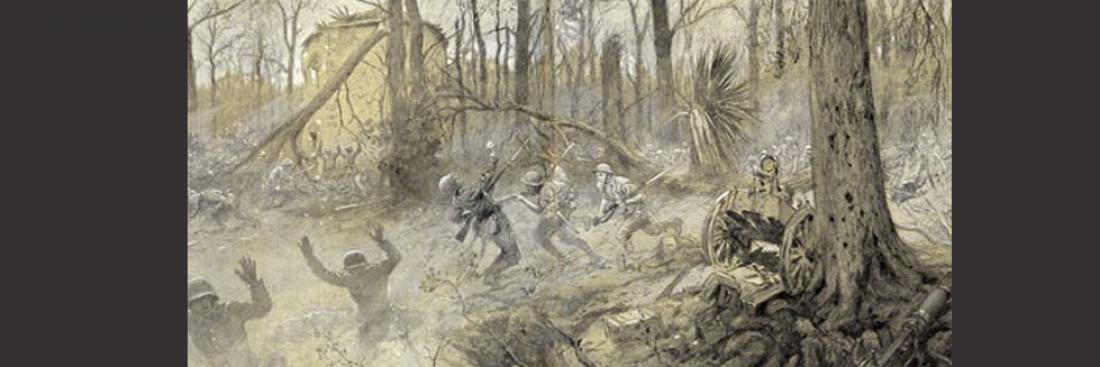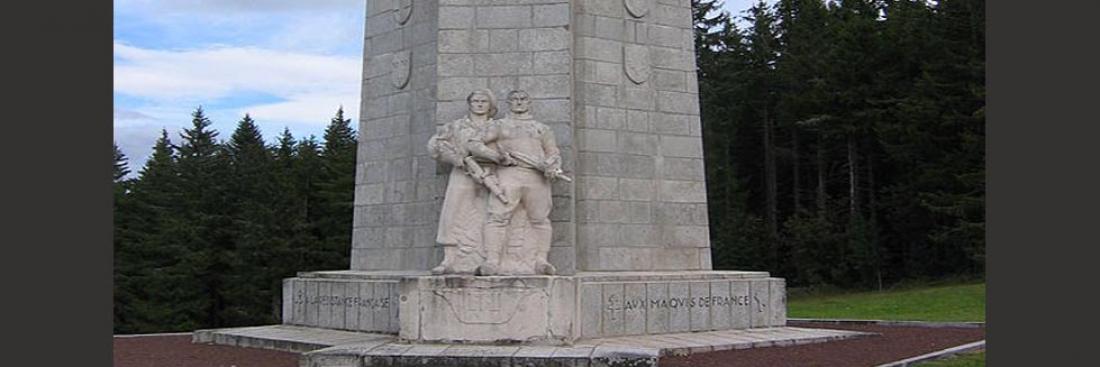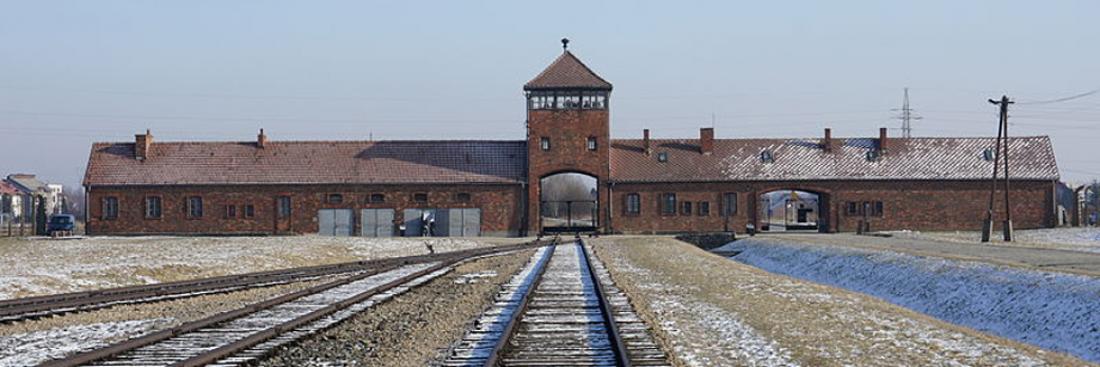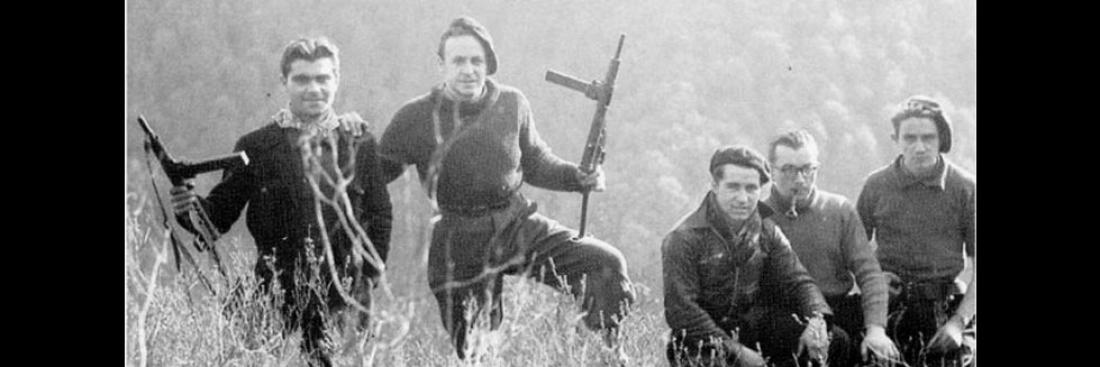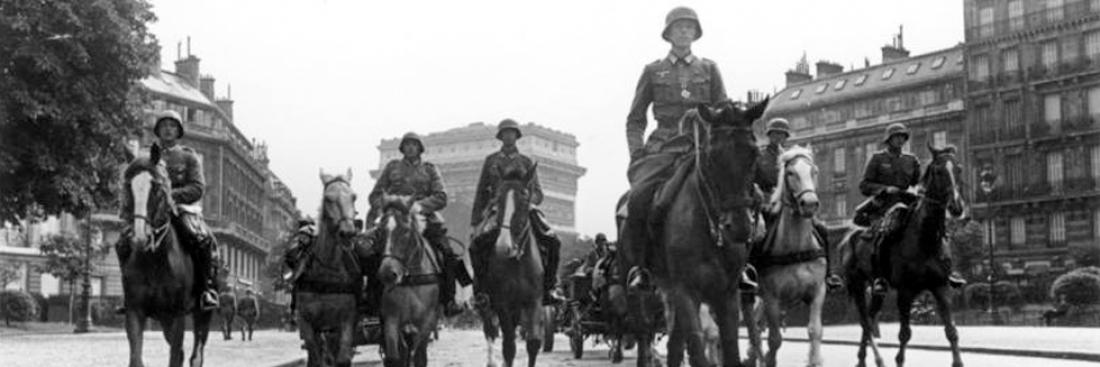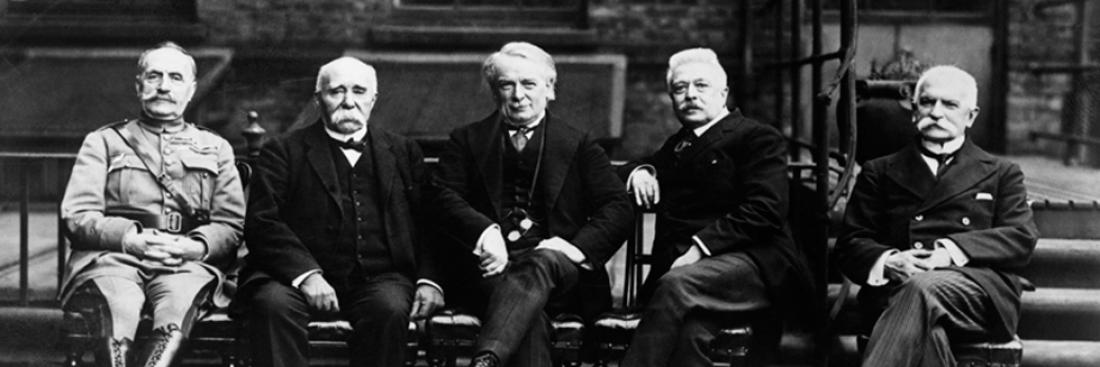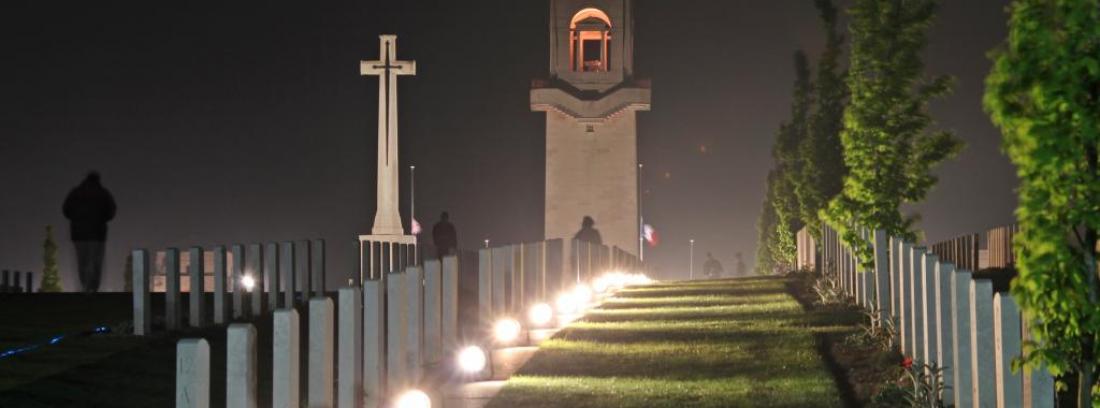Mont Valérien: a site of history and remembrance
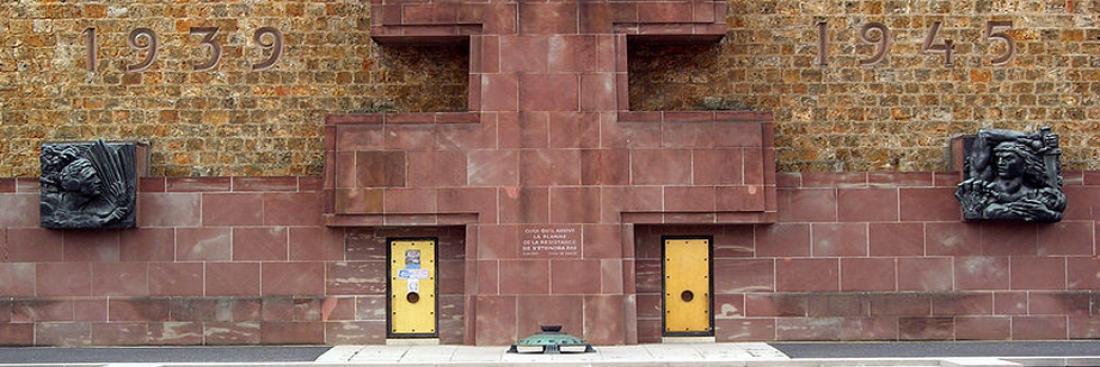
For centuries, Mont Valérien was an important Christian pilgrimage site. Then, in the mid-14th century, a fort was built there, as part of Paris’s defensive fortifications.
During the Second World War, it was used as the main execution site by the German authorities in France.



